Driveway Apron Paving Timing Tips
Driveway apron pavings are a critical component of property access, providing a smooth transition between the street and driveway. Proper timing for installation or replacement ensures durability and optimal performance, minimizing disruptions and long-term maintenance costs.
Spring and early fall are ideal for driveway apron paving due to moderate temperatures and lower precipitation, which facilitate proper curing and adhesion.
Paving should be scheduled when ambient temperatures are consistently above 50°F (10°C) to ensure optimal setting and reduce the risk of cracks.
If the driveway apron is damaged or causing safety issues, urgent paving may be necessary regardless of season, with proper planning for weather conditions.
Avoid paving during periods of extreme cold or heat, as these conditions can compromise the integrity of the asphalt or concrete.
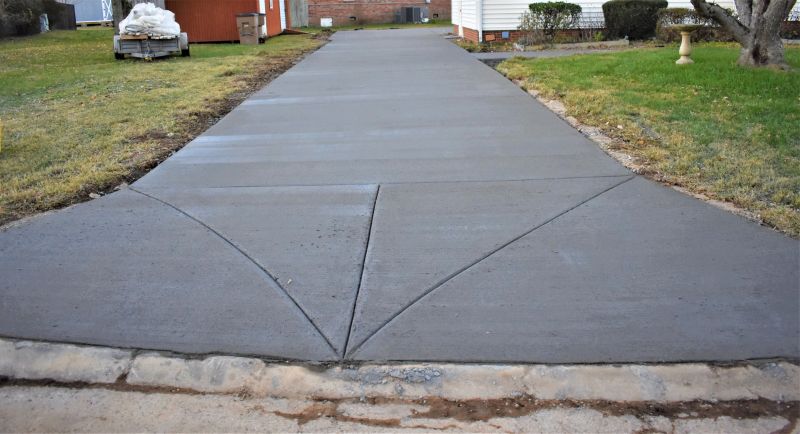
Spring offers favorable weather for durable driveway apron installations, with moderate temperatures and less rain.

Summer allows for flexible scheduling but requires attention to high temperatures that can affect asphalt setting.

Fall provides cooler temperatures and less precipitation, ideal for long-lasting driveway apron pavings.
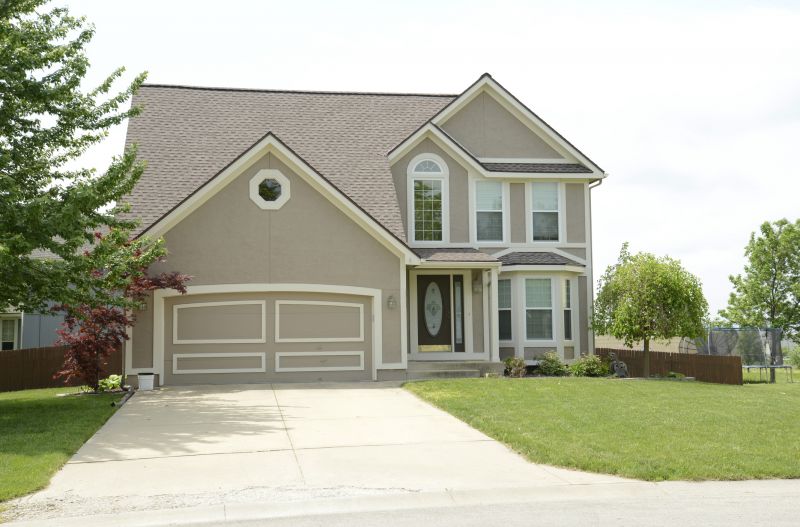
Ways to make Driveway Apron Pavings work in tight or awkward layouts.
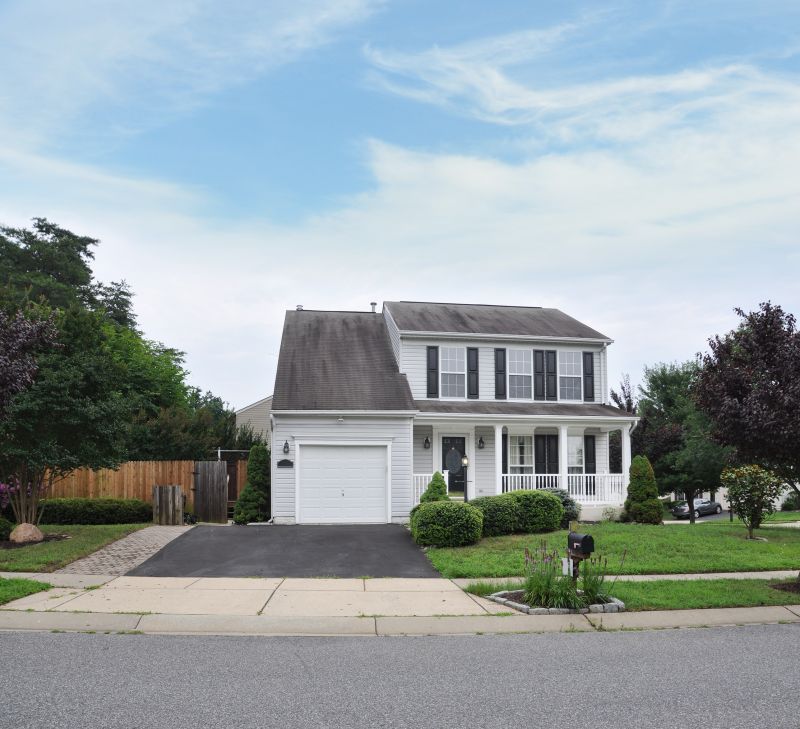
Popular materials for Driveway Apron Pavings and why they hold up over time.
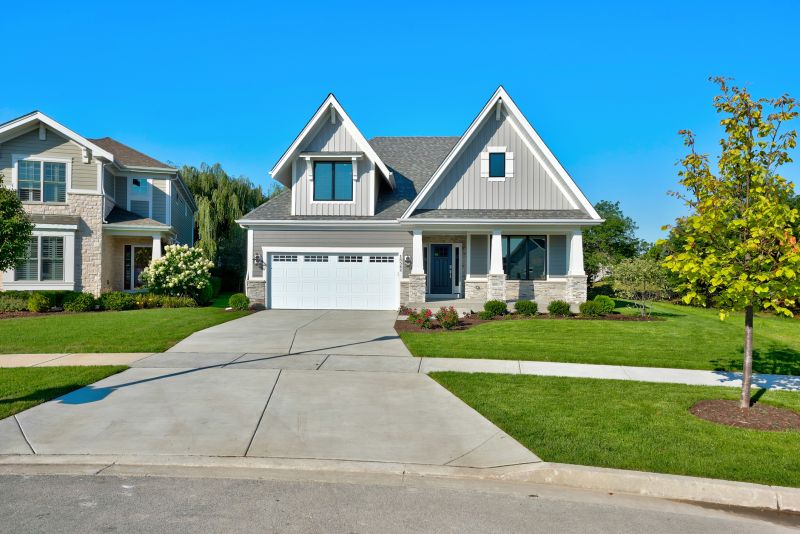
Simple add-ons that improve Driveway Apron Pavings without blowing the budget.
Driveway apron pavings serve as a vital transition between public roads and private properties. They help in managing water runoff, preventing erosion, and maintaining the structural integrity of the driveway. Proper installation timing enhances longevity, reduces maintenance needs, and ensures safety for vehicles and pedestrians.
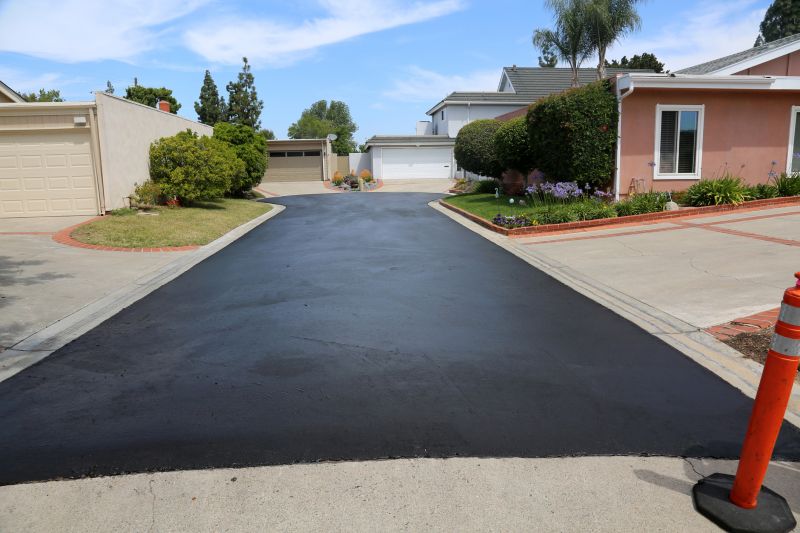
Asphalt and concrete are common choices, each with specific installation requirements influenced by seasonal conditions.

Temperature fluctuations, moisture levels, and traffic loadings impact the lifespan of driveway apron pavings.
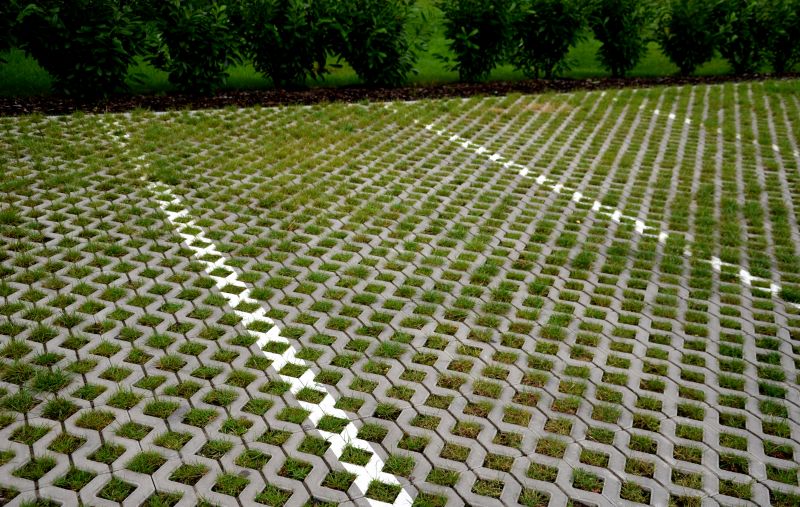
Timing paving during dry periods ensures effective drainage and prevents water-related damage.

Optimal curing occurs in moderate weather, which is crucial for strength and durability.
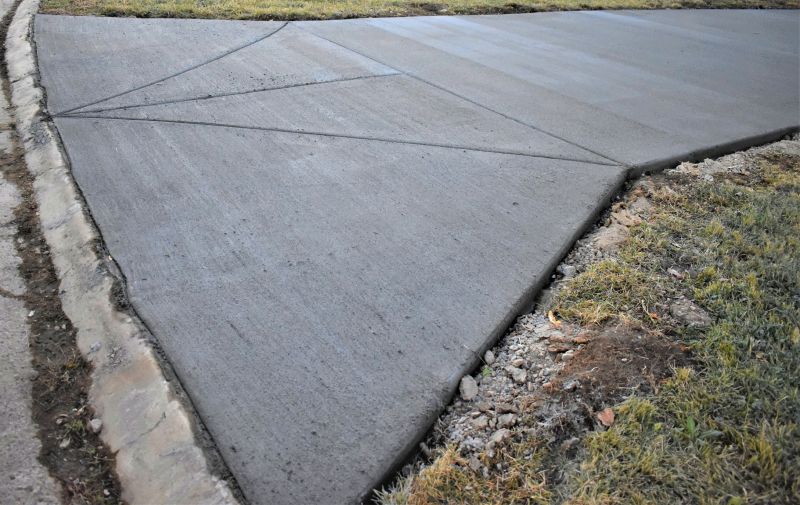
High-end options that actually feel worth it for Driveway Apron Pavings.
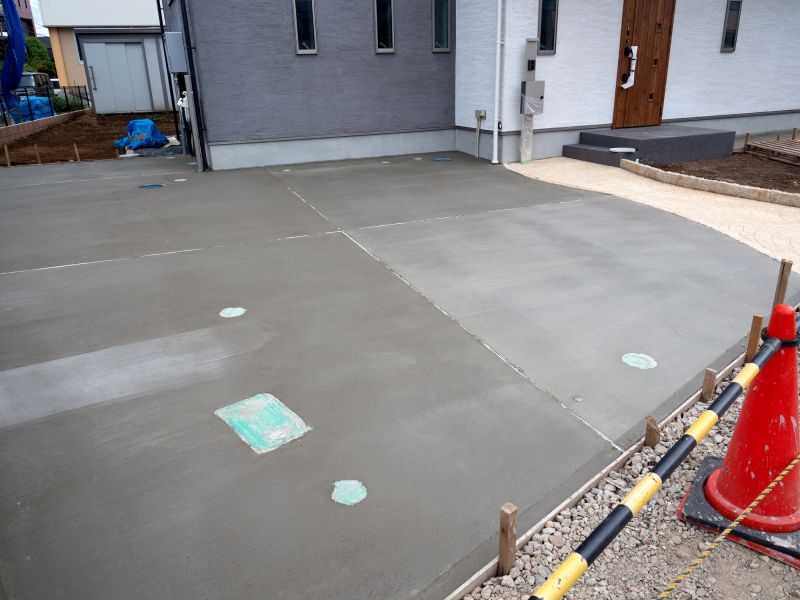
Finishes and colors that play nicely with Driveway Apron Pavings.
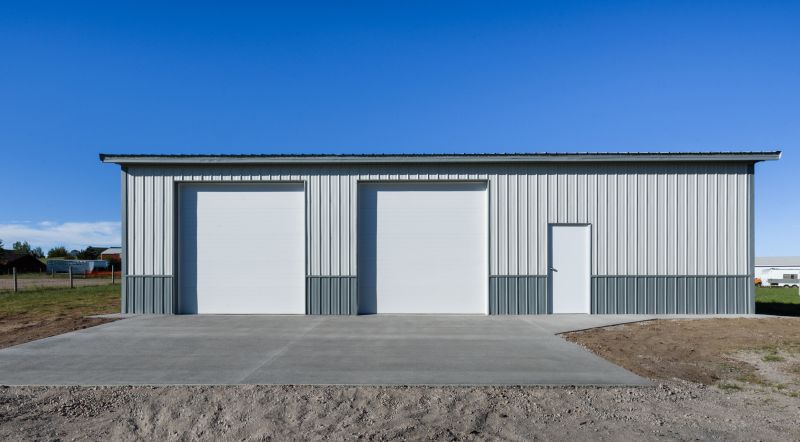
Little measurements that prevent headaches on Driveway Apron Pavings day.

A 60-second routine that keeps Driveway Apron Pavings looking new.
| Season | Recommended Timing |
|---|---|
| Spring | Late March to early June |
| Summer | Early June to late August, avoiding peak heat |
| Fall | September to November |
| Winter | Not recommended in cold climates |
| Regional Considerations | Adjust based on local climate and weather patterns |
Choosing the right time for driveway apron paving is essential for ensuring a durable and long-lasting transition area. Proper planning around seasonal weather patterns and regional climate conditions can significantly influence the quality and longevity of the paving work.
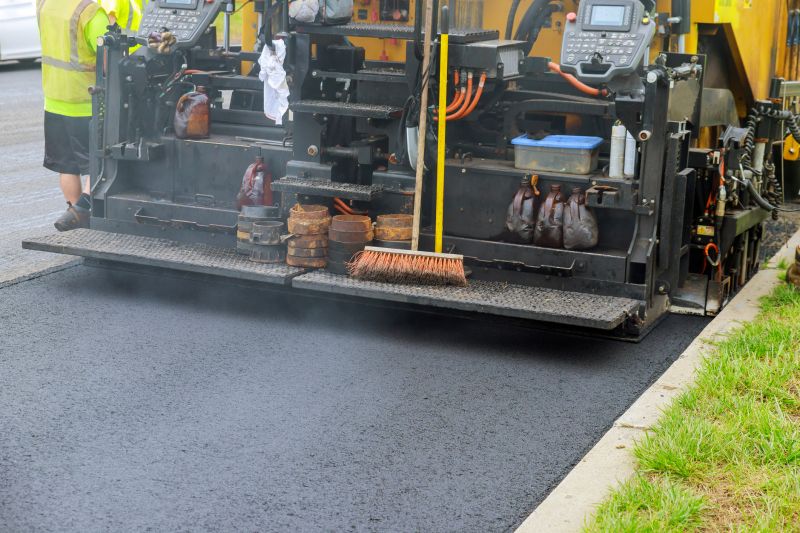
Scheduling during dry, moderate weather ensures the best results for driveway apron pavings.
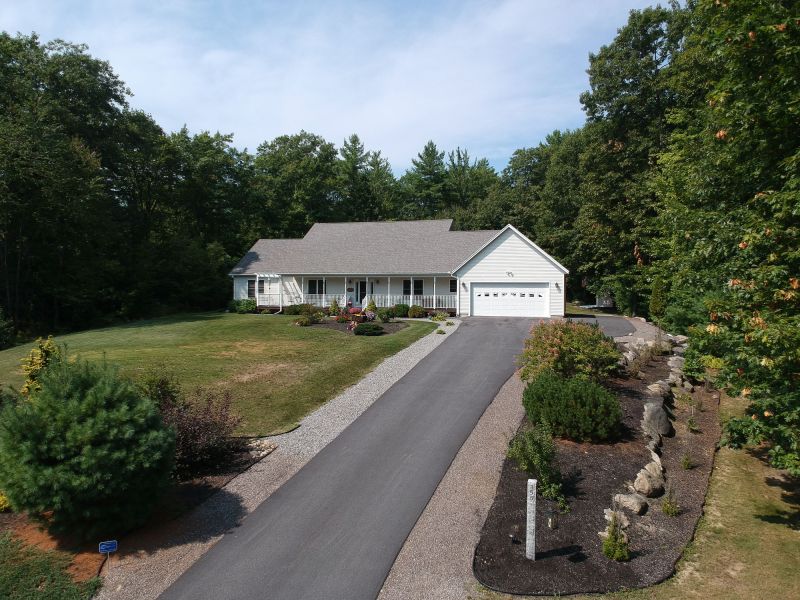
Rain or extreme temperatures can delay paving projects and compromise material integrity.
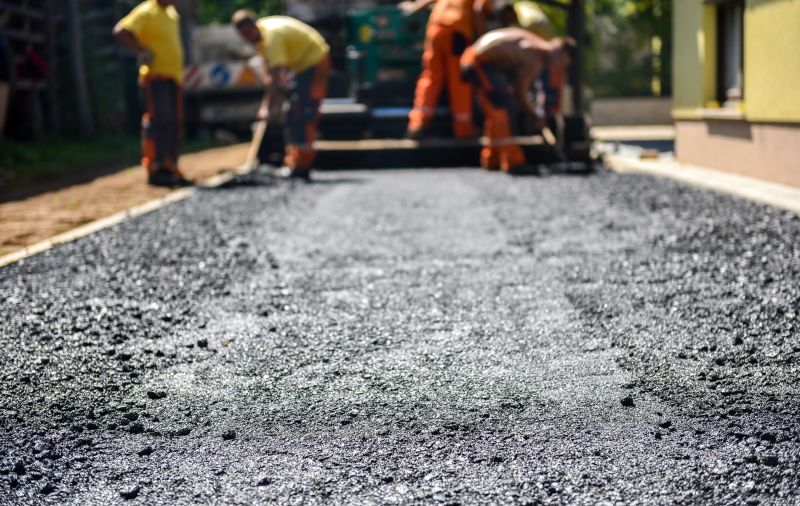
Timing installations correctly extends the lifespan of the driveway apron and reduces future costs.

Consulting with paving professionals helps determine the best timing based on local conditions.
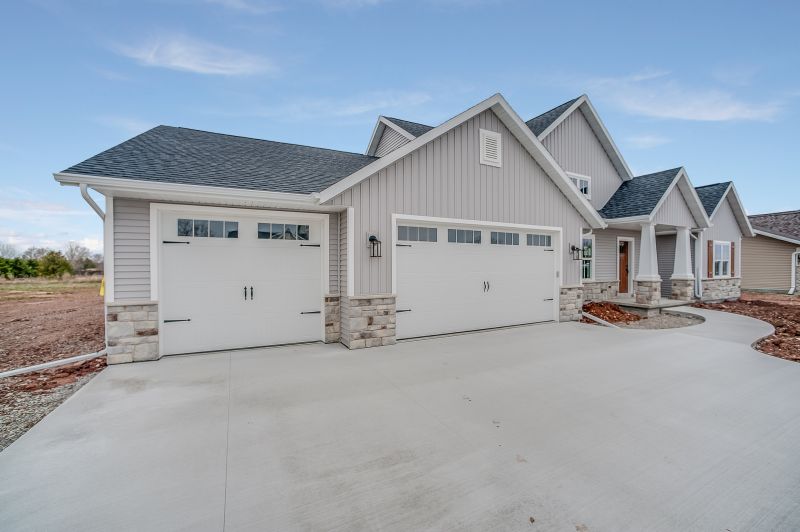
A frequent mistake in Driveway Apron Pavings and how to dodge it.
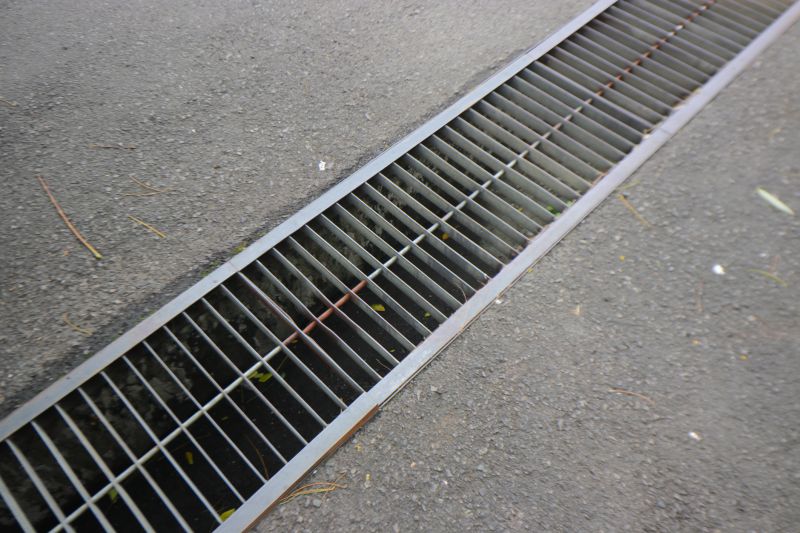
Small tweaks to make Driveway Apron Pavings safer and easier to use.
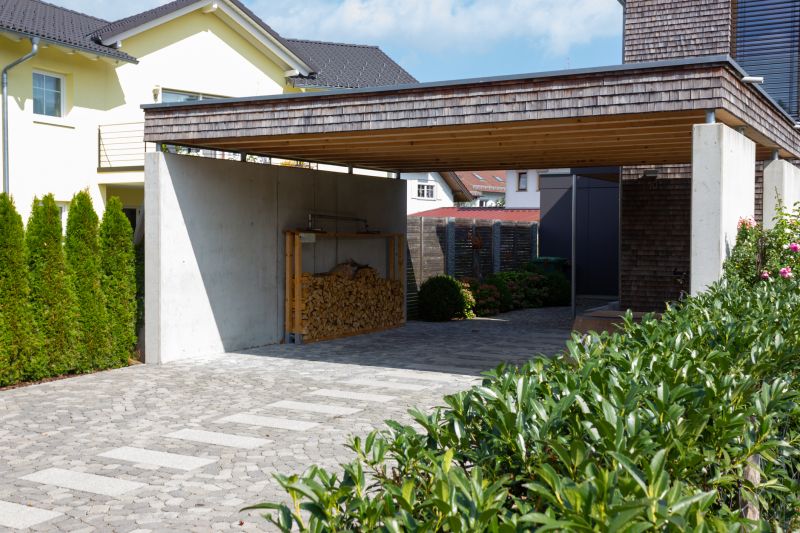
Lower-waste or water-saving choices for Driveway Apron Pavings.

The short, realistic tool list for quality Driveway Apron Pavings.
Interested in driveway apron pavings? Filling out the contact form can help determine the best timing and options suited to specific regional conditions and project needs.
